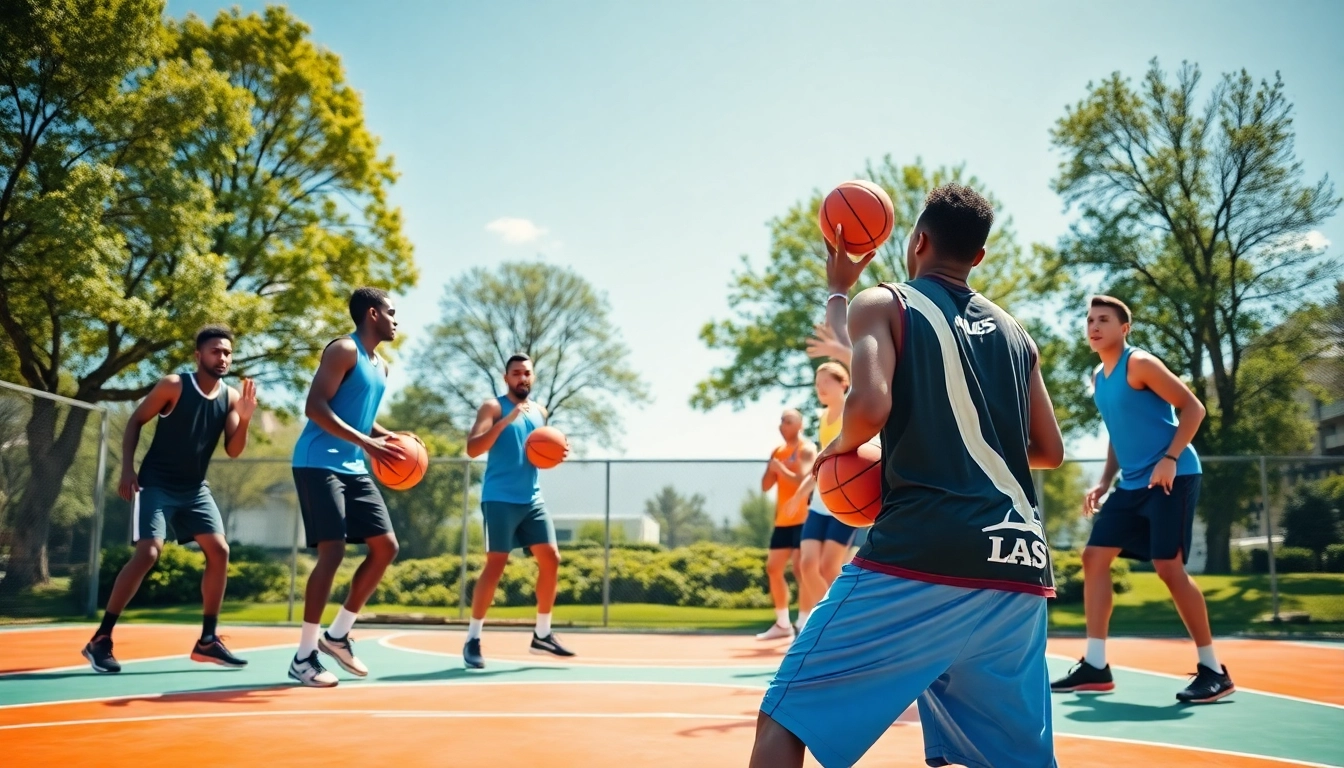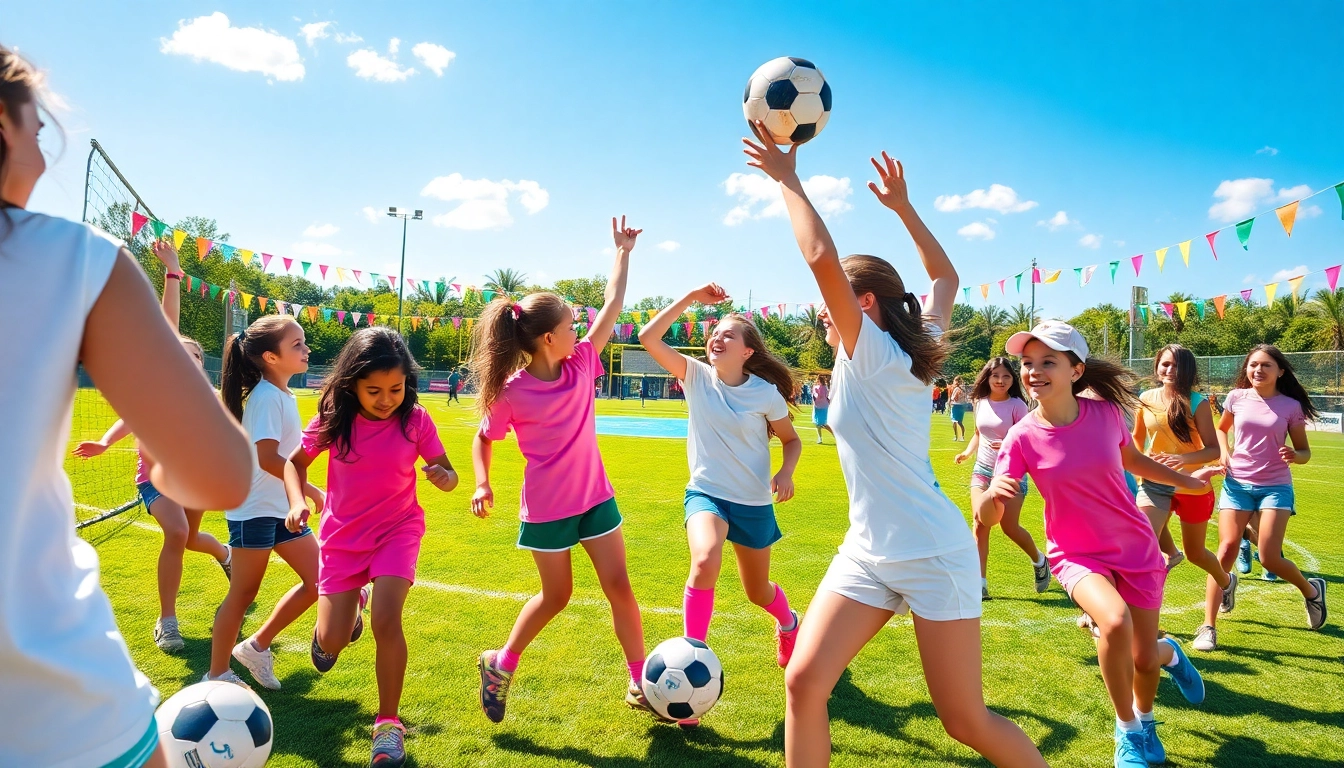Introduction to Basketball Training Programs
Basketball is not merely a game of size or speed; it is an intricate blend of skills, strategy, and teamwork. For those looking to enhance their performance on the court, engaging in basketball training programs is essential. These programs are designed to refine abilities, improve physical conditioning, and instill a deeper understanding of the game. In this article, we will explore the various facets of basketball training programs, their significance, and how to create and adapt them to individual needs.
What are Basketball Training Programs?
Basketball training programs are structured sessions designed to improve specific skills, techniques, and physical attributes crucial for basketball performance. They can encompass a wide range of activities from shooting drills to strength training, as well as mental conditioning tailored to the athlete’s level, be it beginner, intermediate, or advanced. The essence of these programs lies in their systematic approach, ensuring progress and measurable improvements over time.
Benefits of Structured Training
Engaging in a structured training program offers numerous benefits:
- Skill Enhancement: Focused drills improve shooting, dribbling, and defensive skills.
- Physical Fitness: Training enhances cardiovascular endurance, strength, agility, and flexibility.
- Game Understanding: Programs often include strategy sessions that develop a player’s understanding of game dynamics.
- Accountability and Motivation: Regularly scheduled sessions create a sense of commitment and motivate players to sustain their training.
- Injury Prevention: Proper conditioning and strength training help reduce the risk of injuries during play.
Types of Training Programs Available
Basketball training can be classified into a few distinct types, each catering to different aspects of the game:
- Skill Development Programs: Focus specifically on enhancing core skills such as shooting, passing, and defense.
- Physical Conditioning Programs: Aim to improve overall fitness levels through strength and endurance training.
- Team Training Sessions: Designed for groups to enhance teamwork, strategy, and cohesion among players.
- Specialized Position Training: Tailored programs for specific positions (e.g., guards, forwards) focusing on unique skills required for each role.
Essential Skills Developed Through Training Programs
While various skills are developed through basketball training programs, some are particularly fundamental to on-court success.
Improving Shooting Techniques
Shooting is one of the most vital skills in basketball. A comprehensive training program focuses on the mechanics of shooting—including stance, grip, and follow-through. Drills such as form shooting and catch-and-shoot exercises help build muscle memory and precision. Players are also encouraged to practice under game-like conditions to improve consistency and confidence during actual matches.
Ball Handling and Dribbling Skills
Effective ball handling is crucial for both creating plays and avoiding turnovers. Training drills often include cone dribbling, zig-zag dribbling, and cross-over drills that emphasize control and agility. Players learn to protect the ball under pressure, improving their ability to drive past defenders or create space for a shot.
Defensive Strategies and Footwork
A good defense is as important as a strong offense. Defensive drills focus on slides and positioning, ensuring players can stay in front of their opponents. Footwork exercises, such as close-out drills and lateral movement drills, enhance a player’s quickness, allowing them to react effectively to the offensive maneuvers of their opponents.
Creating a Personalized Basketball Training Program
Every player is unique; thus, a one-size-fits-all approach can be ineffective. Crafting a personalized training program involves several key steps.
Assessing Your Current Skill Level
Before crafting a training regimen, it is essential to assess current abilities. Players can benefit from evaluations conducted by coaches or through self-assessment using drills that highlight strengths and weaknesses. This step ensures that the program targets areas needing the most improvement.
Setting Realistic Goals
Clearly defined goals provide direction and motivation. Whether it’s improving shooting accuracy, increasing vertical leap, or enhancing speed, setting SMART (Specific, Measurable, Achievable, Relevant, Time-bound) goals is a best practice in training. For example, a player might aim to improve their free-throw percentage by 5% within six weeks.
Choosing Drills and Exercises
After identifying goals, choosing appropriate drills is vital. Consideration should be given to skill-specific drills, conditioning exercises, and recovery routines. Balancing various types of training ensures a holistic approach that covers all critical aspects of play.
Integrating Conditioning and Strength Training
Integration of physical conditioning into the training regimen is essential for success on the basketball court.
Importance of Physical Conditioning
Basketball is a demanding sport that requires players to maintain high levels of endurance throughout games. Incorporating cardiovascular training helps improve stamina, allowing players to perform at their best over extended periods. Activities such as interval running, cycling, and skipping rope can boost overall fitness levels.
Weight and Resistance Training for Basketball
Strength training is crucial in basketball for improving overall athleticism. It enhances muscle strength, which is beneficial for shooting, defending, and rebounding. Programs should include exercises targeting major muscle groups using resistance bands, weights, or body weight. Squats, lunges, bench presses, and deadlifts are excellent examples of exercises that can be incorporated into a player’s training regimen.
Agility and Speed Exercises
Quick changes in direction and speed are vital components of basketball performance. Agility drills, including ladder drills, shuttle runs, and plyometrics, should be integrated into practice to develop these attributes. These exercises enhance foot speed and reaction time, which can significantly impact a player’s effectiveness on the court.
Measuring Progress and Success
A successful basketball training program requires ongoing assessment to ensure that goals are being met and adjustments are made as necessary.
Tracking Skill Development Over Time
Monitoring progress is crucial for maintaining momentum in training. Players should keep records of their performance metrics—such as shooting percentages, completion of drills, and fitness tests. This data allows both players and coaches to evaluate improvement and identify areas needing additional focus.
Adapting Your Training Programs
As players develop, their training programs should evolve accordingly. Regularly reviewing goals and outcomes ensures that training remains relevant and effective. If a player meets their initial targets, it’s essential to set new goals and introduce advanced drills to continue challenging them.
Incorporating Feedback for Improvement
Constructive feedback from coaches, teammates, or through self-reflection is invaluable in a training context. Players should seek input on their skill execution and adapt their training based on observed strengths and weaknesses. This iterative process of feedback and adjustment leads to continuous growth and improvement.
Conclusion
Basketball training programs offer an effective pathway to realizing individual potential and elevating performance on the court. By understanding the components of these programs—skill development, personalized approaches, conditioning, and progress measurement—players can embark on a comprehensive journey to mastery. Ultimately, commitment to learning and adapting, combined with disciplined practice, will yield remarkable results in a player’s basketball journey.



